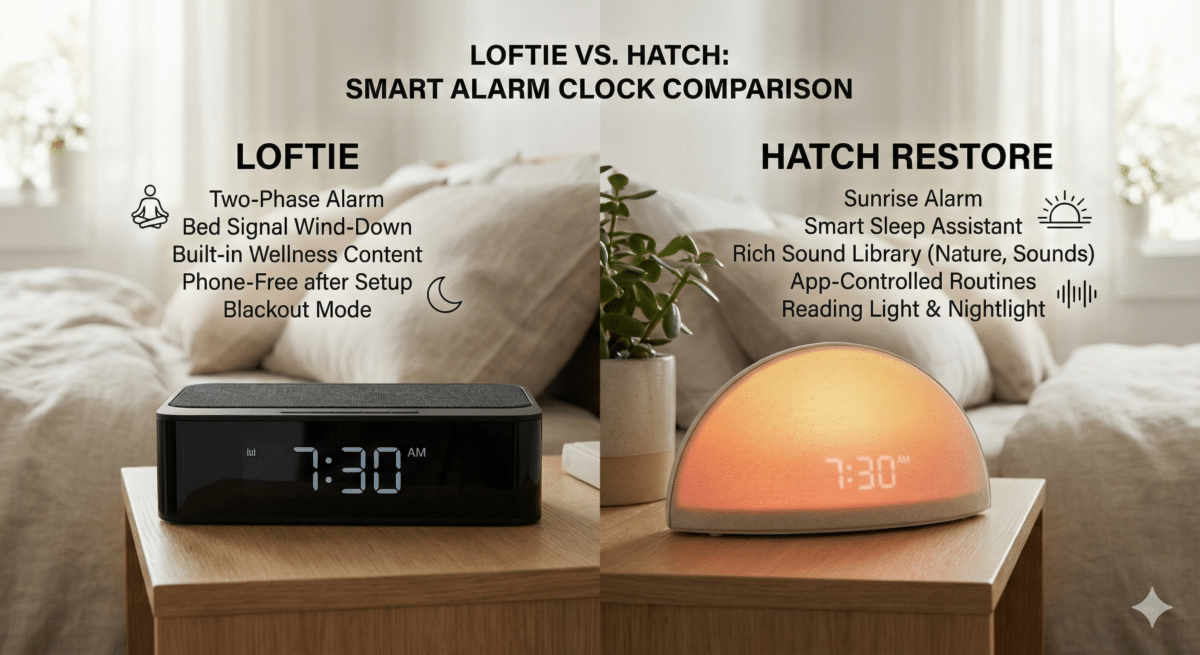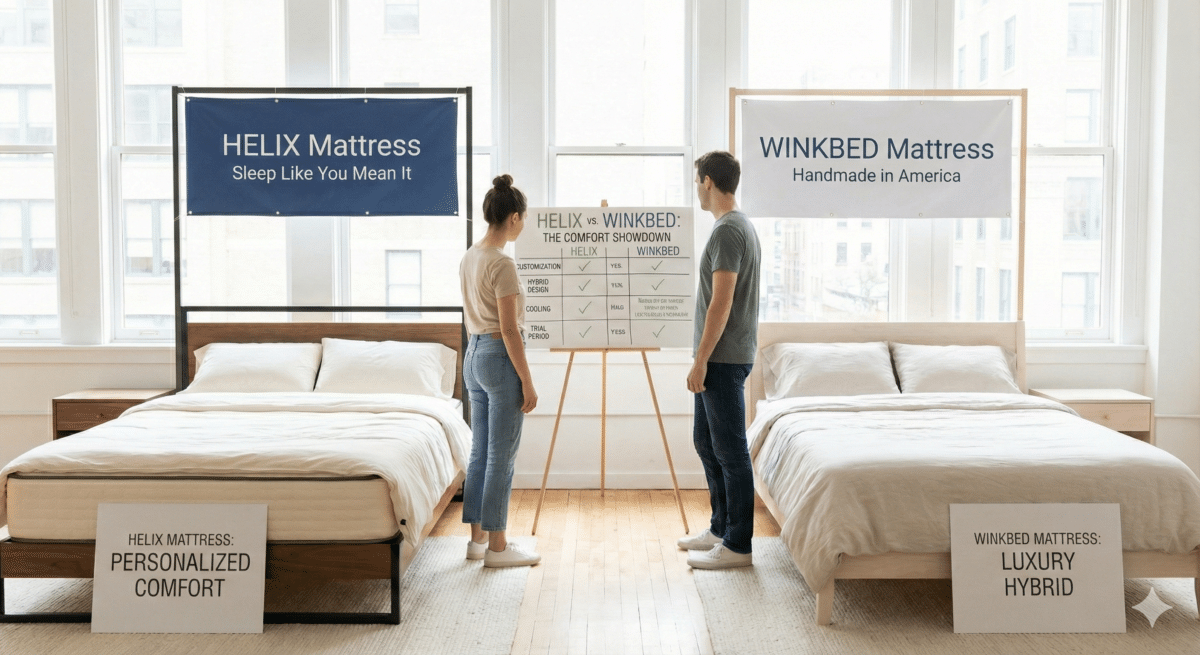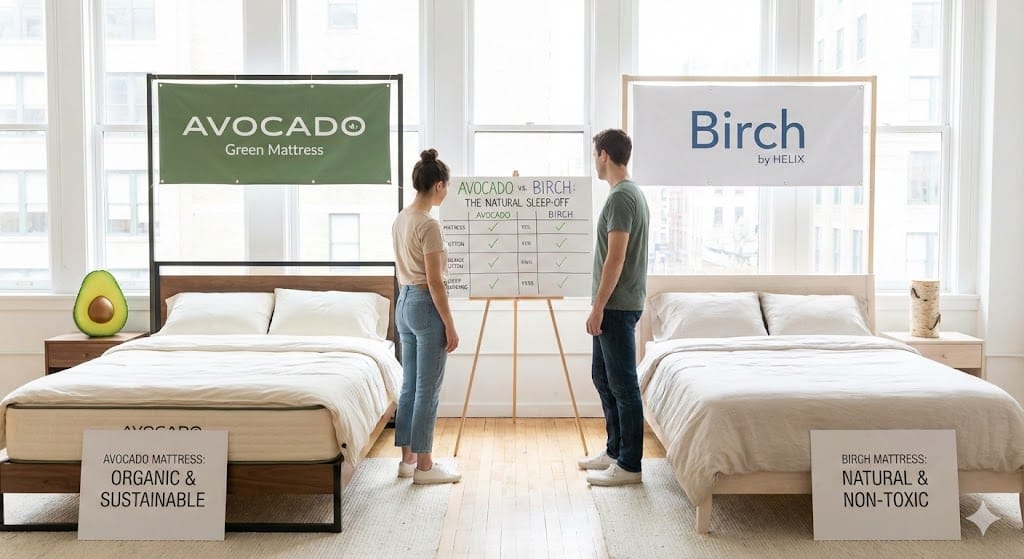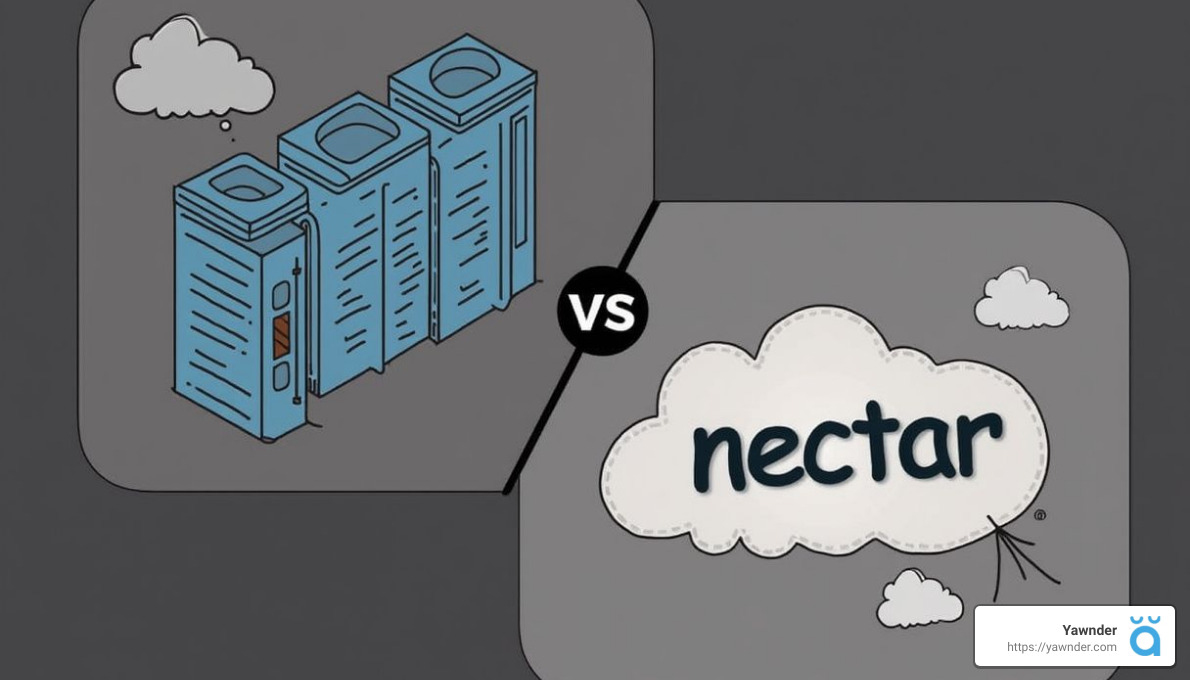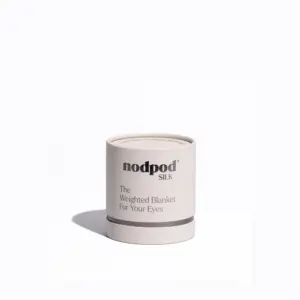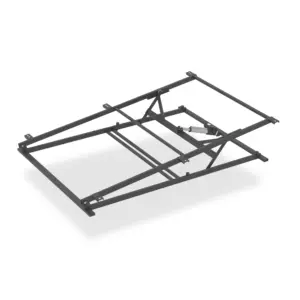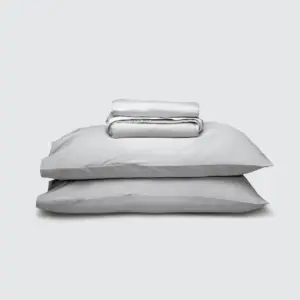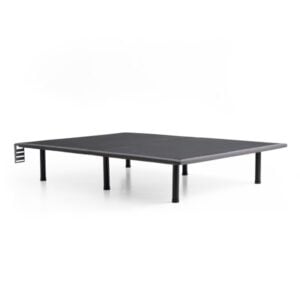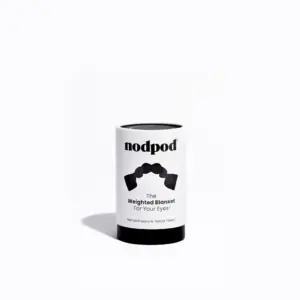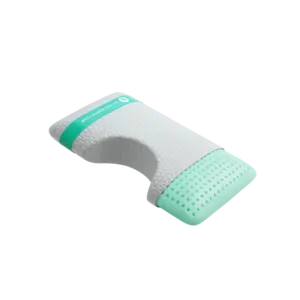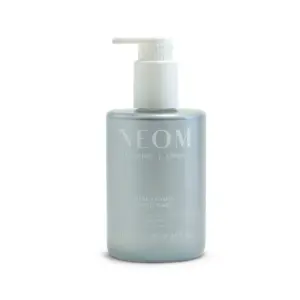A Comprehensive Guide to Memory Foam vs. Gel Foam
Choosing the right mattress can be a daunting task, especially when comfort, support, and temperature regulation are critical factors. One common dilemma faced by many sleepers is deciding between memory foam and gel foam. This article delves into the nuances of Memory Foam vs. Gel Foam, enabling you to make a well-informed choice for enhanced sleep quality.
Understanding Memory Foam
Benefits of Memory Foam
Memory foam has revolutionized the mattress industry, offering distinctive benefits:
– Body Contouring: Memory foam is renowned for its unique ability to mold perfectly to your body shape. As it reacts to your weight and heat, it provides an immersive “hugging” sensation that many find incredibly comforting.
– Pressure Relief: A significant advantage of memory foam is its capacity for pressure relief. The foam evenly distributes your weight, alleviating stress on joints and pressure points, making it particularly beneficial for those suffering from arthritis or joint pain.
– Motion Isolation: If you share your bed, motion isolation is a crucial factor. Memory foam excels in this area, absorbing movement so that one partner’s tossing and turning won’t disturb the other, leading to a more restful night.
– Spinal Support: Excellent for spinal alignment, memory foam adapts to your sleeping position to ensure that your spine remains neutrally aligned, helping to avoid back pain or other sleep-related issues.
Drawbacks of Memory Foam
Despite its numerous benefits, memory foam also comes with some drawbacks:
– Heat Retention: Traditional memory foam can trap heat, leading to discomfort for hot sleepers. However, newer advancements like open-cell memory foam improve airflow and can help alleviate this issue.
– Off-Gassing: Upon unpacking, you may notice a chemical scent from off-gassing, which is the release of volatile organic compounds (VOCs). Although the smell typically dissipates within a few days, it can be bothersome for sensitive individuals.
– Durability: Over time, memory foam may develop indentations and lose its supportive qualities. While high-density options tend to be more durable, they can still experience wear and tear after several years.
Traditional vs. Open-Cell Memory Foam
Traditional memory foam offers unparalleled body contouring but may retain heat. In contrast, open-cell memory foam features a structure that promotes better airflow, making it a cooler and more breathable option.
Understanding Gel Foam
Benefits of Gel Foam
Gel foam mattresses have emerged as a compelling alternative to traditional memory foam, presenting unique benefits:
– Cooling Properties: One of gel foam’s standout characteristics is its exceptional cooling effect. Infused with gel beads or layers, it actively draws heat away from your body, making it an excellent choice for hot sleepers.
– Temperature Regulation: Gel foam’s structure works to maintain a comfortable sleep environment throughout the night, minimizing the chance of waking up sweaty.
– Enhanced Responsiveness: Unlike traditional memory foam, gel foam offers more resilience. It bounces back quickly, making it easier to change sleeping positions.
– Supportive Comfort: Much like memory foam, gel foam provides significant body contouring and support, relieving pressure points while ensuring proper spinal alignment.
Drawbacks of Gel Foam
Though gel foam offers several advantages, it does have its drawbacks:
– Cost: Typically, gel foam mattresses come with a higher price tag due to the advanced materials and manufacturing technologies involved.
– Durability Concerns: Some users report that the cooling effect may diminish over time, affecting long-term comfort and support.
– Potential for Sagging: Just as with memory foam, there’s a risk of sagging with gel foam over time. Lower-density options are particularly susceptible to this issue.
Memory Foam vs. Gel Foam: Key Differences
A side-by-side comparison can help clarify your options between memory foam and gel foam:
Temperature Control
– Memory Foam: Traditional variants are known for heat retention but benefiting from innovations like open-cell structures improves airflow.
– Gel Foam: Gel foam significantly enhances temperature control, actively pulling heat away from the sleeper, making it ideal for warmer conditions.
Price Comparison
– Memory Foam: Generally more affordable, memory foam mattresses offer a vast range of choices, allowing you to find a quality option that fits your budget.
– Gel Foam: The advanced materials used in gel foam contribute to a higher price point, but the investment may be worthwhile for those needing excellent temperature regulation.
Bounce and Responsiveness
– Memory Foam: Offers superior motion isolation but can feel slow to respond, making it less ideal for those who frequently change positions.
– Gel Foam: Provides the added benefit of bounce, making it easier for combination sleepers who may shift while sleeping.
Durability and Longevity
– Memory Foam: High-density options last around 8 to 10 years, but sagging can occur with improper care.
– Gel Foam: While durable, like memory foam, lower-density gel options are prone to wear and sagging, which can diminish comfort over time.
Choosing the Right Mattress for You
Selecting the right mattress can feel overwhelming, but focusing on your specific needs can simplify the process.
For Hot Sleepers
If you often experience discomfort from overheating at night, gel foam is your best bet. Its cooling properties make for a more comfortable sleep environment, though breathable memory foam is another option, albeit less effective at temperature regulation.
For Budget-Conscious Shoppers
For those looking to save, memory foam often offers more affordable options without sacrificing comfort. Keep an eye out for sales and generous trial periods. Gel foam, while pricier, can be worth the investment if cooling is a top priority.
For Combination Sleepers
Combination sleepers benefit from a mattress that offers responsiveness. Gel foam provides a subtle lift with its bounce, enhancing ease of movement between positions. While memory foam is great for motion isolation, a hybrid option could enhance both support and responsiveness.
For Side Sleepers
Side sleepers require excellent pressure relief. Memory foam excels here, but if you tend to sleep hot, gel foam provides a cool yet supportive alternative.
Frequently Asked Questions about Memory Foam vs. Gel Foam
Is gel foam the same as memory foam?
No, gel foam and memory foam are closely related but not identical. While both offer body contouring, gel foam incorporates gel beads to enhance cooling.
What is the disadvantage of a gel memory foam mattress?
The primary drawbacks include higher costs, potential durability concerns, and the risk of sagging over time.
Are gel cushions better than memory foam?
It depends on your requirements. Gel cushions excel in cooling and bounce, while memory foam offers superior support and body contouring.
Conclusion
Understanding the differences between memory foam and gel foam can have a transformative impact on your sleep quality. At Yawnder, we strive to guide you through choosing a mattress that enhances your sleep experience.
Memory foam provides excellent pressure relief and body contouring, making it ideal for side sleepers and those with joint concerns. In contrast, if overheating is an issue, gel foam offers superior cooling properties and added responsiveness.
By exploring these options and considering your individual sleep needs, you can confidently invest in a mattress that will significantly improve your well-being. Dive into our curated collections today to take the first step toward better sleep!


